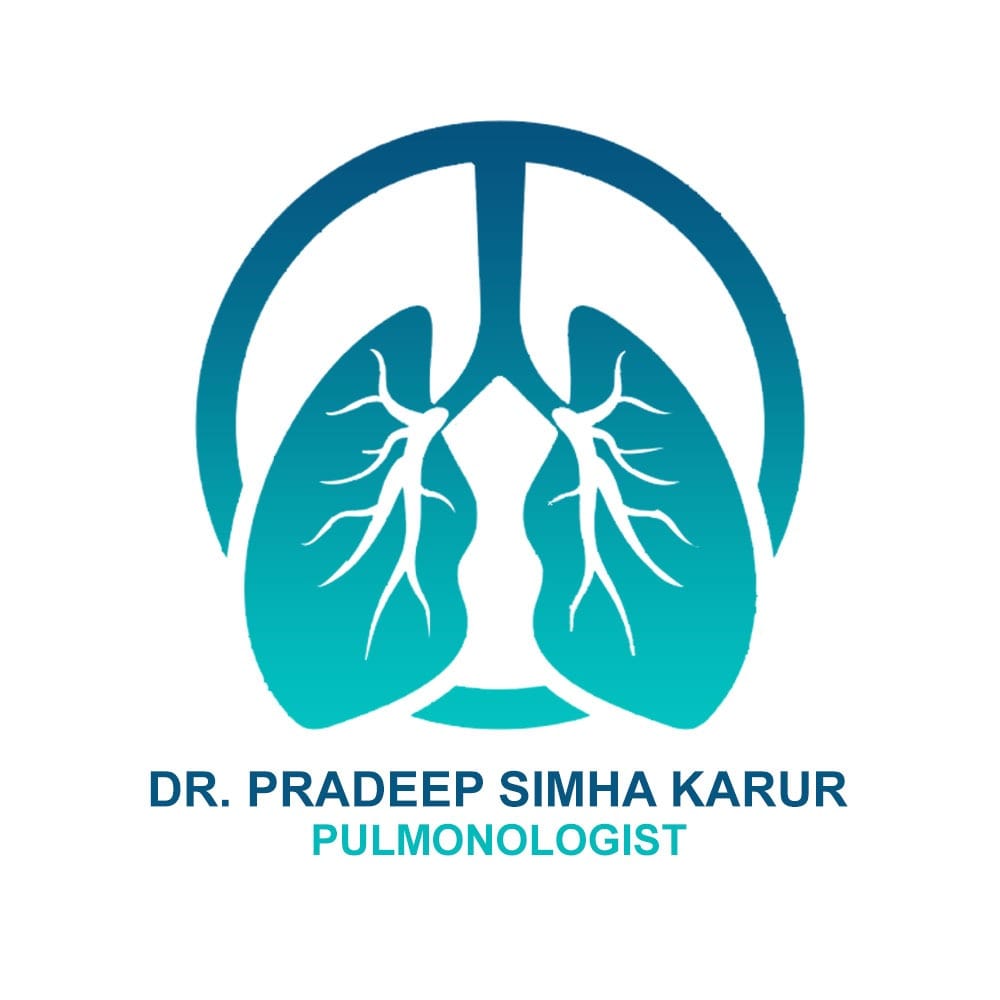Interventional Pulmonology

Overview
Interventional Pulmonology is a subspecialty of pulmonary medicine that focuses on the diagnosis and treatment of thoracic diseases through minimally invasive procedures. This field has evolved significantly over the past few decades, integrating advanced techniques and technologies to improve patient outcomes in various lung and airway conditions.
Fellowship Program
The Division of Allergy, Pulmonary and Critical Care Medicine at [Institution Name] offers a one-year Interventional Pulmonology Fellowship program. This program is designed to train the next generation of interventional pulmonologists, equipping them with the skills and knowledge needed to excel in this dynamic field. Fellows gain hands-on experience in advanced diagnostic and therapeutic procedures, preparing them for successful careers in clinical practice, research, and academia.
Key Procedures
Interventional pulmonologists perform a variety of procedures, including but not limited to:
- Bronchoscopy: A procedure that allows for direct visualization of the airways and lungs using a flexible tube equipped with a camera. It can be used for diagnostic purposes, such as obtaining biopsies, or for therapeutic interventions, such as removing foreign bodies or treating obstructions.
- Endobronchial Ultrasound (EBUS): This technique combines bronchoscopy with ultrasound to allow for real-time imaging of the mediastinum and surrounding structures. EBUS is particularly useful for staging lung cancer and diagnosing lymph node involvement.
- Pleuroscopy: Also known as medical thoracoscopy, this procedure involves the examination of the pleural space using a camera. It is often used to diagnose and treat pleural effusions, including the placement of pleural catheters for drainage.
- Stenting: The placement of stents in the airways to relieve obstructions caused by tumors or other conditions. This can help maintain airway patency and improve breathing.
- Cryotherapy and Laser Therapy: These techniques are used to treat airway tumors and other lesions by either freezing or vaporizing abnormal tissue.
- Bronchial Thermoplasty: A procedure that reduces the smooth muscle in the airways for patients with severe asthma, leading to improved breathing and reduced asthma attacks.
Clinical Applications
Interventional pulmonology plays a crucial role in managing various thoracic conditions, including:
- Lung Cancer: Early diagnosis and staging are vital for effective treatment. Interventional pulmonologists use advanced techniques to obtain tissue samples and assess the extent of disease.
- Pleural Diseases: Conditions such as pleural effusions and empyema can be effectively managed with procedures like thoracentesis and pleuroscopy.
- Airway Obstruction: Tumors, strictures, and other obstructions can be treated through stenting and other interventional techniques, improving patients' quality of life.
- Infectious Diseases: Interventional pulmonologists can assist in diagnosing and managing pulmonary infections, including tuberculosis and fungal infections, through targeted biopsies and drainage procedures.
Future Directions
The field of interventional pulmonology continues to evolve with advancements in technology and techniques. Ongoing research is focused on improving procedural safety, efficacy, and patient outcomes. Innovations such as robotic-assisted bronchoscopy and advanced imaging modalities are expanding the capabilities of interventional pulmonologists.
Conclusion
Interventional pulmonology represents a vital component of modern pulmonary medicine, bridging the gap between traditional medical management and surgical intervention. With a focus on minimally invasive techniques, interventional pulmonologists are making significant contributions to the diagnosis and treatment of complex thoracic diseases, ultimately enhancing patient care and outcomes.
